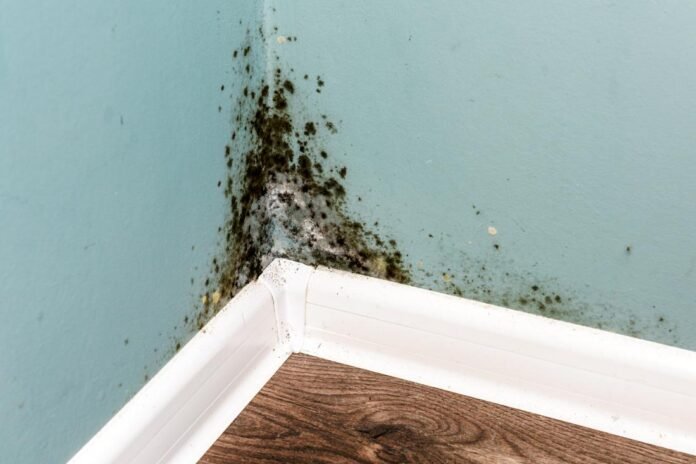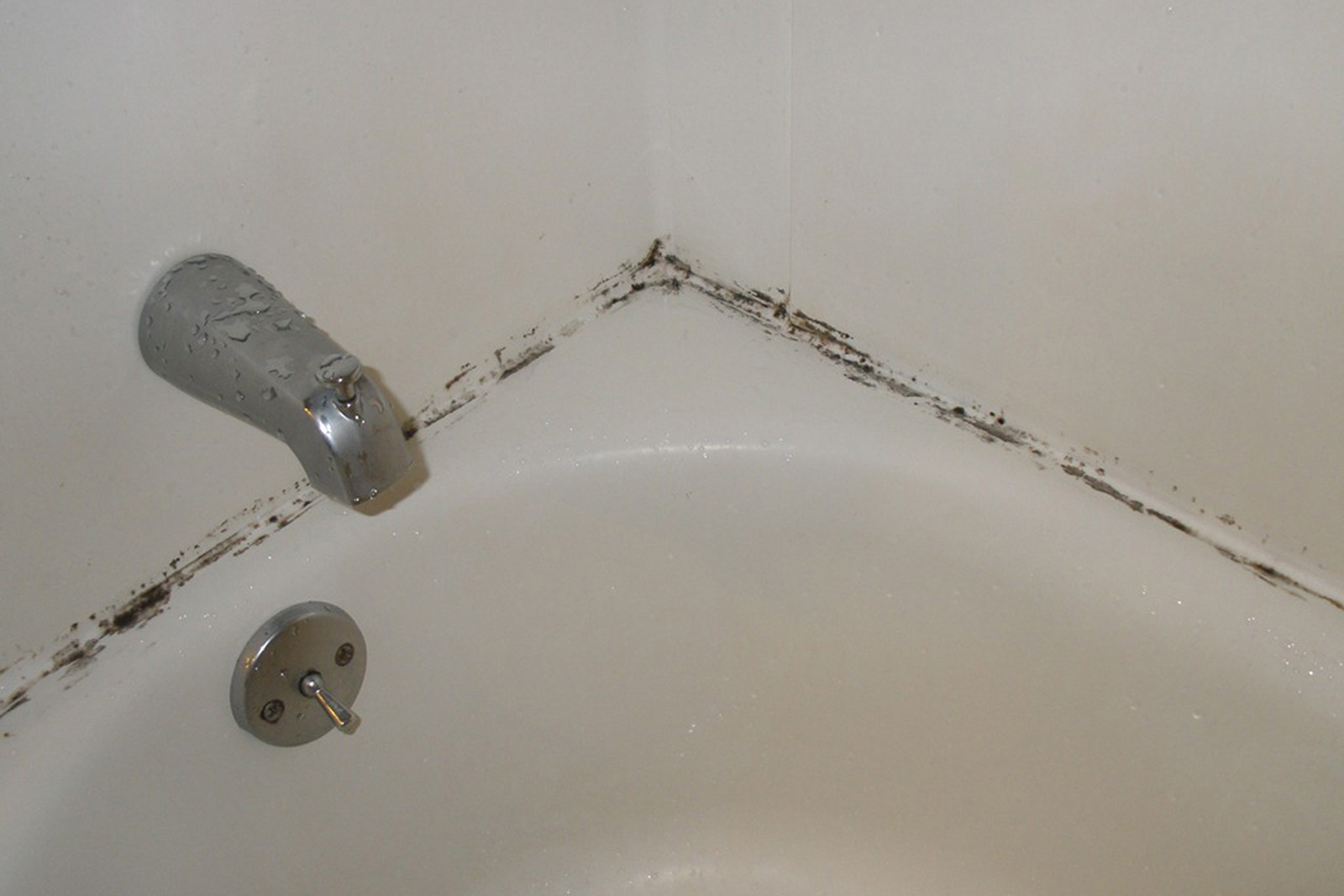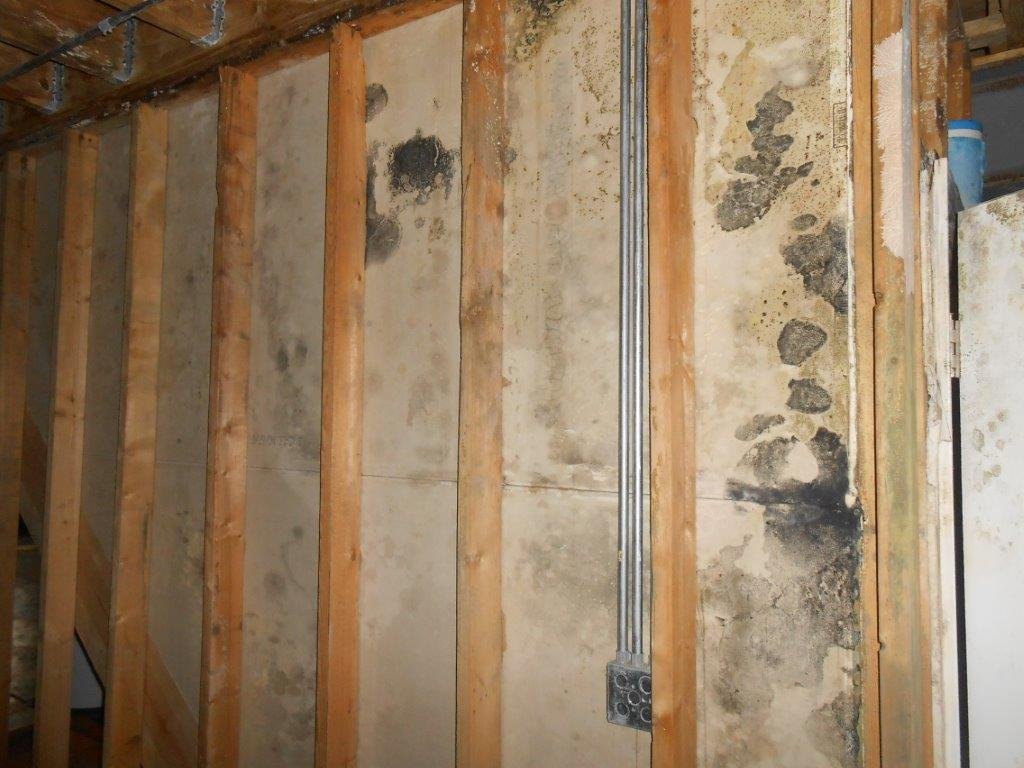At some point and time, most homeowners are going to have to deal with mold. Mold can begin to develop on any damp surface within 48 hours. Once mold starts to develop, it spreads through spores. When you breathe in these spores, you may find yourself dealing with respiratory issues and other health concerns.
Certain types of mold are harmless and can be cleaned up easily, while other types of mold are more serious and should be removed with the help of mold removal companies. Basements, garages, and the bathroom shower are some of the most common places to check for mold. However, there are several other places where mold could be lurking within your house.
Make sure to regularly check these five places in your house and treat mold as soon as you find it.
Under kitchen and bathroom sinks
Pipes under kitchen and bathroom sinks are prone to condensation and occasionally dripping. Most homeowners don’t look under their sinks too much, especially if the area is primarily being used to store cleaning supplies. This means that moisture under the sink frequently goes unnoticed, which allows mold to start to grow.
After you’ve removed the mold from under your sink, you’re going to want to figure out what caused it to begin with. If you have a dripping pipe or faucet, you’ll want to find a way to fix it. If the area under your sink is humid, start using a dehumidifier in that room.
Beneath the wallpaper
Moisture can become trapped under wallpaper and eventually turn to mold. Sometimes, the mold will visibly seep through the wallpaper. Other times, you may notice an unusual smell coming from the wall. If you have wallpaper and suspect you might have mold growing beneath it, you’re going to need to remove the wallpaper entirely.
After you’ve removed the wallpaper, you’re going to need to wash the wall underneath with a mixture of water and bleach.
You’ll want to wipe the entirety of the wall down, even if the area doesn’t have any mold. Make sure to properly ventilate the room while doing this. When it comes time to redo the room, consider using waterproof paint or wallpaper.
Within common household appliances
Common household appliances, including the fridge, dishwasher, and washing machine, are all places where mold can develop over time. Usually, you’ll be able to spot it forming, though sometimes mold in dishwashers might develop where you can’t see it.
The best way to prevent mold from forming in appliances is to clean them out regularly. If you suspect you have mold growing, clean the appliance out with a mixture of water, vinegar, and bleach. When sanitizing the dishwasher or washing machine, it is safe to run a cycle with just the mixture. You’ll then want to run another cycle before fully using it again.
In the attic
When it rains, sometimes water seeps under shingles. The water can then make its way into your attic. Since you might not check your attic regularly, that moisture can quickly turn into mold. Leaky roofs can also eventually cause wooden beams to begin to rot.
Unfortunately, a leaky attic is a big deal that can negatively impact your whole house. If left untreated, that moisture and mold can slowly make its way downstairs into your main living areas. The minute you suspect you have a leaky roof, contact a professional, such as these roofers in Tamworth. Professional roofers will be able to look at your roof, find the leak, and start making repairs.
Around various drains
All drains around your house, not just the ones in the bathroom, are great places for mold to grow. Sump pumps, exterior drains, the condensate drain in your furnace…if it comes in contact with water or moisture, it could develop mold.
You might not even realize it is occurring until the mold has completely taken over the drain. This can result in the drain clogging. One of the ways to take care of moldy drains is dumping a solution of vinegar and baking soda into the drain. This mixture deodorizes and disinfects. If you suspect there is a deeper issue to your drains developing mold, reach out to a professional.
Final thoughts
Mold can develop anywhere there is excess moisture. The good news is, as long as it isn’t black mold, you can safely remove the mold yourself.
If you suspect you have black mold within your home, you’re going to need to reach out to a professional to help with the removal process.




















